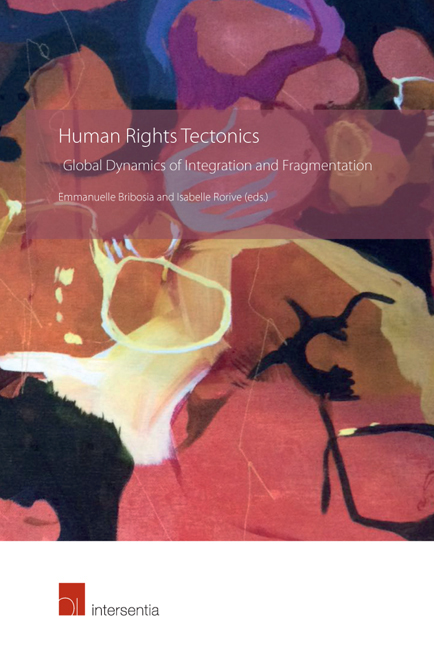Book contents
Introduction to Human Rights Tectonics
Published online by Cambridge University Press: 31 January 2019
Summary
The mass violence, countless killings and systematic extermination of certain categories of the population during the Second World War led to the development of the supranational legal protection of human rights. Since 1945, both the sources of human rights and the bodies which control them have multiplied and have superimposed themselves on the older constitutional protection systems. In the last few decades, the legal landscape of these rights has become more complex and diversified without following a well-defined pattern. Protective instruments have developed following both a logic of regionalisation and a logic of specialisation, with categories of rights protected just as much as categories of people. From the common matrix of the values in the Universal Declaration of Human Rights of 1948, fundamental rights were deployed to shape a ‘layered’ architecture, whose relatively homogeneous content does not, however, form a coherent and systematic whole. The resulting image is made of ‘bits and pieces’,with overlap and overlays, most often without any hierarchical relationship.
Fragmentation, extensively commented on in the context of general international law,is also at work in human rights law, with certain peculiarities inherent in this area of law, which confers rights on individuals rather than providing for reciprocal rights and obligations between States. Initially, the different human rights protection systems functioned autonomously by interpreting their respective instruments of protection, whether international, regional or constitutional. With globalisation, an increasing permeability between these different systems has been observed, notably in the form of a ‘global conversation’ on the interpretation of human rights. These different systems, influenced by various actors who favour the inter-systemic circulation of legal arguments and the use of comparative law,have begun to resonate with one another. However, resonance is not always synonymous with convergence, and some lines of divergence may actually be beneficial to the effectiveness of the protection of human rights.
WHAT DO WE MEAN BY HUMAN RIGHTS TECTONICS?
Without claiming it to be a perfect scientific superposition of phenomena, the theory of plate tectonics seems to capture the essence of international and regional human rights law, which is resolutely foreign to pyramidal organisation, even in the form of complex hierarchies. The geophysical activity of our planet reflects the brutality of power relations and involves movements that interlock and respond to each other, even to the point of distorting or creating matter.
- Type
- Chapter
- Information
- Human Rights TectonicsGlobal Dynamics of Integration and Fragmentation, pp. xxiii - xxxviPublisher: IntersentiaPrint publication year: 2018



